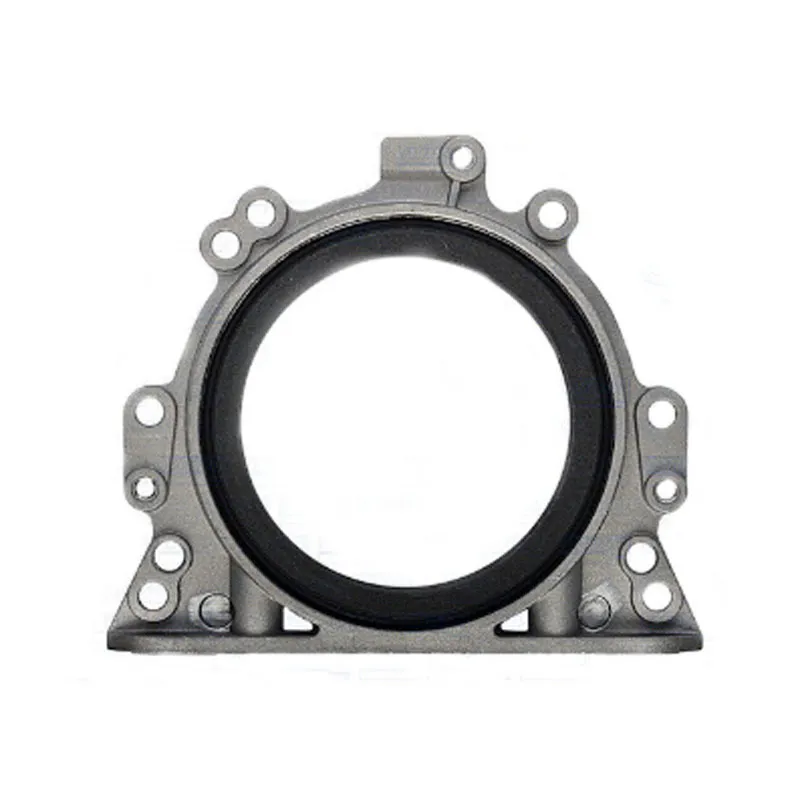m16x1 5 oil drain plug
Understanding the M16x1.5 205 Oil Drain Plug A Comprehensive Guide
In the realm of automotive maintenance, few components play as pivotal a role as the oil drain plug. Among the various sizes and specifications available, the M16x1.5 oil drain plug stands out as an essential item for vehicle owners and mechanics alike. This article delves into the significance of the M16x1.5 oil drain plug, its features, and its importance in maintaining vehicle performance.
What is an Oil Drain Plug?
The oil drain plug, often located at the lowest point of the engine oil pan, serves as the primary means for draining oil during an oil change. By providing access to the oil reservoir, this small but crucial component enables the complete removal of old oil, ensuring that fresh oil can be added—a key step in promoting engine longevity and efficiency.
Features of M16x1.5 Oil Drain Plug
The designation M16x1.5 refers to the dimensions and thread specifications of the oil drain plug. The M denotes that it is a metric thread, 16 indicates a nominal diameter of 16mm, and 1.5 suggests a thread pitch of 1.5mm. These specifications are critical, as they ensure proper fitment and sealing. An incorrect size can lead to leaks, which may cause significant engine damage over time.
Additionally, an oil drain plug is typically crafted from durable materials such as aluminum or steel, often treated for corrosion resistance. Some models come with a rubber or fiber gasket to aid in creating a tight seal, preventing oil from leaking out and maintaining optimal engine performance.
Importance of Regular Maintenance
Regular oil changes are integral to maintaining a vehicle’s health, and the oil drain plug plays a vital role in this process. Neglecting to replace worn or damaged oil drain plugs can lead to oil leaks, which not only compromise the engine’s performance but may also lead to costly repairs if the problem goes unchecked.
Furthermore, during an oil change, inspecting the oil drain plug for wear and tear is necessary. A cracked or excessively worn drain plug should be replaced immediately to avoid potential issues. The M16x1.5 plug is widely used across various vehicle models, making it readily available for replacement.
m16x1 5 oil drain plug

Installation and Replacement Tips
When replacing an oil drain plug, it is important to follow a few simple steps to ensure proper installation
1. Preparation Before starting, gather the necessary tools, including a socket wrench, new drain plug with gasket, and a torque wrench.
2. Remove the Old Plug Drain the old oil into a suitable container and remove the old drain plug with a socket wrench.
3. Clean the Area Clean the drain hole thoroughly to remove any debris or old gasket material.
4. Install the New Plug Insert the new M16x1.5 oil drain plug and hand-tighten it. Use a torque wrench to tighten it to the manufacturer’s specified torque to avoid over-tightening, which can damage the threads.
5. Check for Leaks Once the oil change is complete, start the engine and check for any leaks around the drain plug area.
Conclusion
The M16x1.5 oil drain plug is more than just a small piece of hardware; it is a critical component in the car maintenance process. By ensuring proper fitment and regular replacement, vehicle owners can effectively safeguard their engines against oil leaks and associated damages. Emphasizing proper maintenance practices, including the timely replacement of the oil drain plug, can greatly contribute to the longevity and performance of any vehicle.
-
Simplifying Oil Changes: A Comprehensive Guide to Oil Drain Plugs and Their Variants
News Aug.04,2025
-
Mastering Oil Drain Maintenance: Solutions for Stripped, Worn, and Upgraded Oil Plugs
News Aug.04,2025
-
Fixing Oil Pan Plug Issues: Leaks, Stripped Nuts, and the Right Replacement Solutions
News Aug.04,2025
-
Everything You Need to Know About Oil Drain Plugs: Sizes, Fixes, and Upgrades
News Aug.04,2025
-
Choosing the Right Oil Drain Plug: A Guide to Sizes, Materials, and Drain Innovations
News Aug.04,2025
-
A Complete Guide to Automotive Drain Plugs: Types, Problems, and Innovative Solutions
News Aug.04,2025
-
The Ultimate Guide to Car Repair Kits: Tools and Essentials Every Driver Should Own
News Aug.01,2025
Products categories















